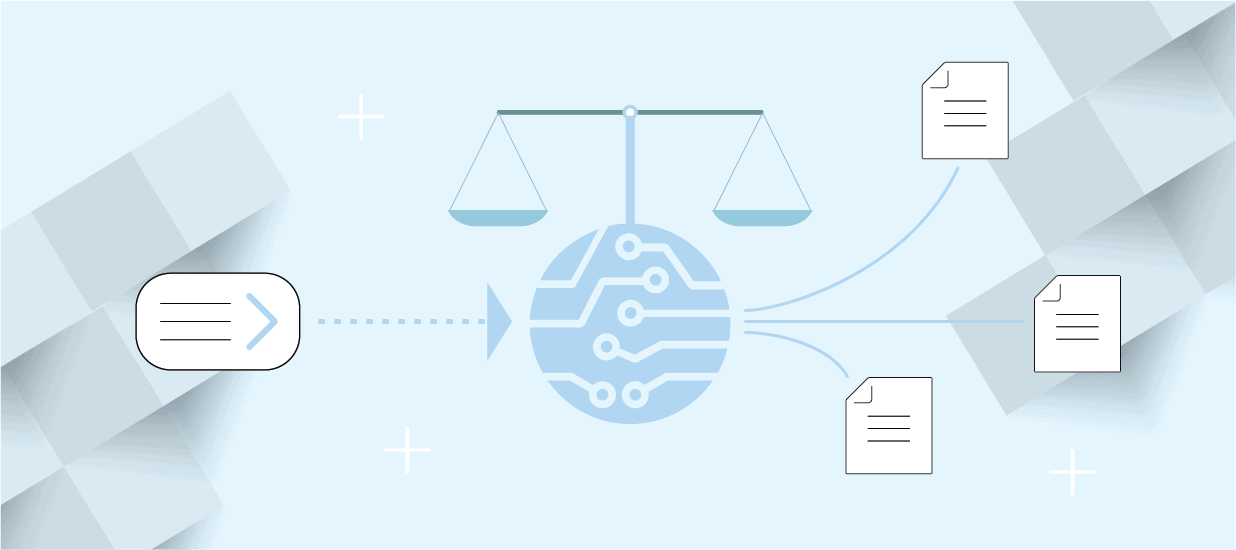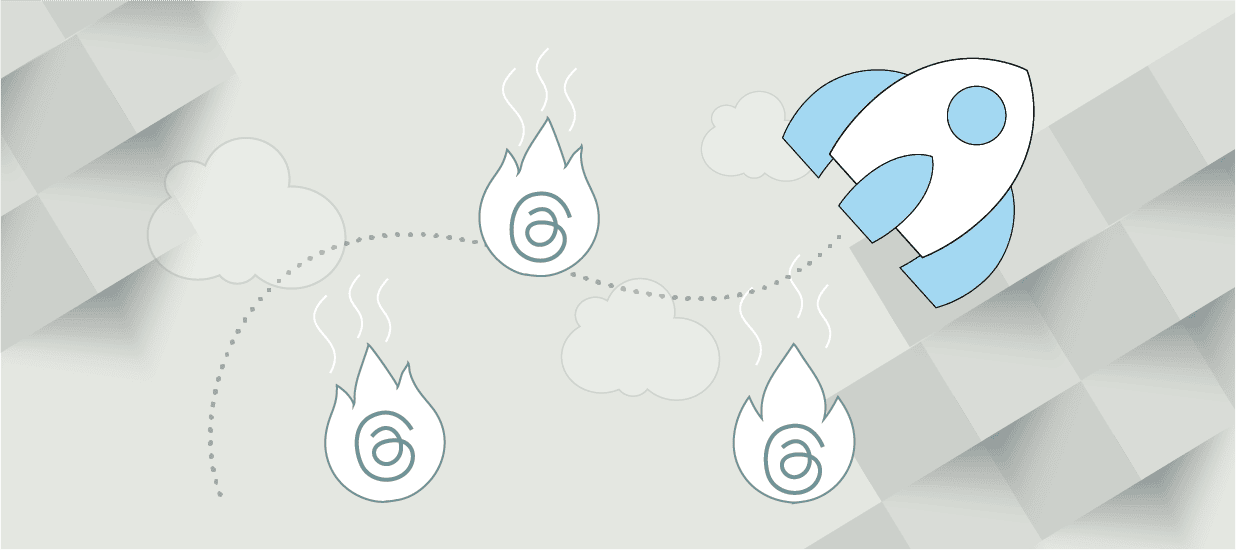Positioning is a process that focuses on conveying product value to buyers, resulting in a family of documents that – among other things – drives all outbound communications. Yet in recent years, it seems as if positioning has “devolved” into a document of vague superlatives that convey nothing as they attempt to trick the customer into buying the product.
The best positioning clearly states how the product will solve specific customer problems. The key to positioning is to understand the value of the product to the buyer. In other words, what problems can you solve for the buyer? Do you know the benefits your customers achieve with your products and services? Not sure? Ask. As an industry, we wallow in technical jargon and assume that the reader can connect the specs to their problems. Or we hope that our sales people can connect the dots. How unfair to both buyer and seller! The positioning, and thus the marketing materials and sales tools, should explain the value and use scenarios to support our promises. Most technology companies use a template – and often a formula – for positioning.
The best positioning is put in the context of solving a problem for a specific buyer. That means that there are multiple positioning documents, each conveying product value in terms that resonate with the specific buyer. Your positioning documents should contain the overriding problem in the industry and what an ideal solution would be to your buyer. Then provide a short primary message, 25 words (or less) that you want the buyer to remember, followed by a more detailed product description, again in terms of the buyer’s need. Finally, describe the three to five features that are relevant to this buyer profile. It takes many different people within an organization to make a purchasing decision for a complex product. Typically, we see a financial buyer, a technical buyer, and one or more functional buyers. Each of these has a different primary goal and sees product information through a different lens. The functional buyers want to know how the features will make their daily job different and better. The financial buyer obviously wants to know how the product will save money for the company, while the technical buyer is primarily concerned with how the product will fit into the existing technology environment.
Of course, all buyers want to be assured that the product will satisfy the needs of the users of the product. How can we use one message to communicate to multiple buyers? Obviously we cannot. We’ll need different articulations of our message that resonate with each buyer type. For example, a positioning document written for a salesperson should emphasize the features that reduce his paperwork while the document for the sales manager emphasizes the value of centralized territory data.
Positioning has two main benefits. The one obvious to all marketers is the consistency of message. Each marketing and sales piece communicates exactly the same message. A less obvious benefit, but perhaps the more important one, is that the positioning process forces you to identify and spell out clear benefits for each type of buyer. Without a clear message, most products are doomed to failure.
Author
-

The Pragmatic Editorial Team comprises a diverse team of writers, researchers, and subject matter experts. We are trained to share Pragmatic Institute’s insights and useful information to guide product, data, and design professionals on their career development journeys. Pragmatic Institute is the global leader in Product, Data, and Design training and certification programs for working professionals. Since 1993, we’ve issued over 250,000 product management and product marketing certifications to professionals at companies around the globe. For questions or inquiries, please contact [email protected].
View all posts







